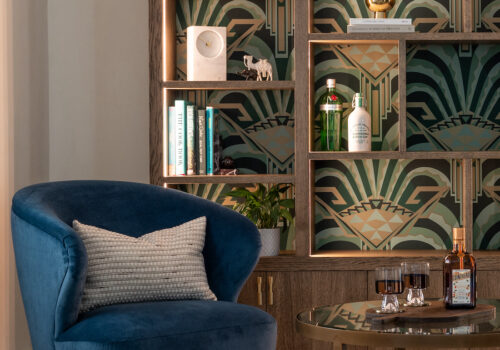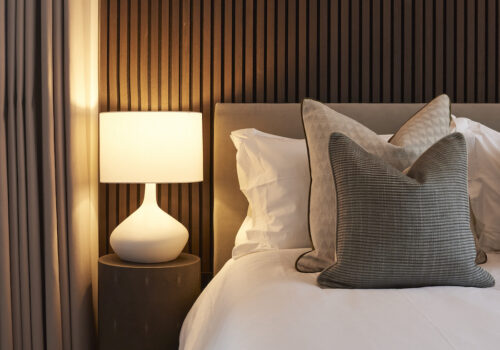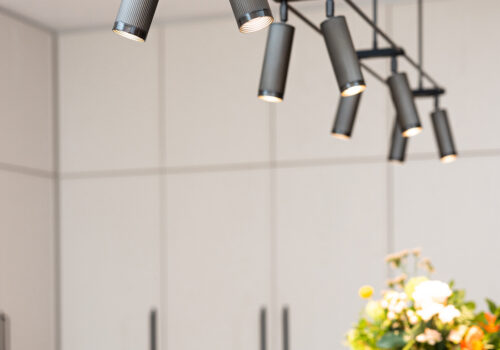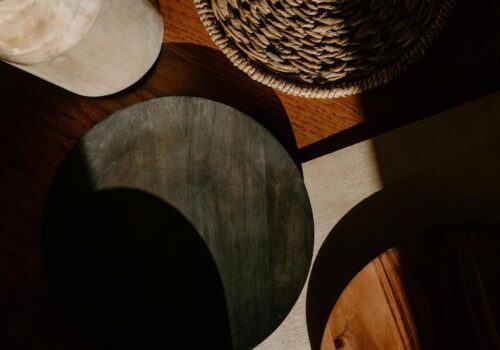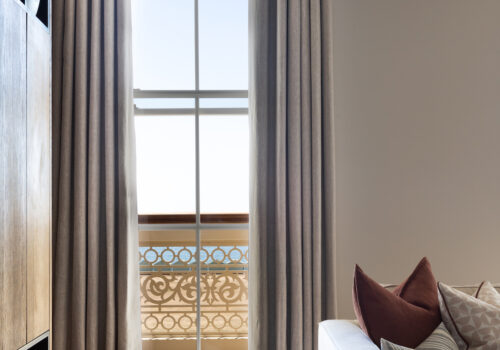Understanding Circadian Rhythm: How Interior Design Can Support Our Natural Rhythms

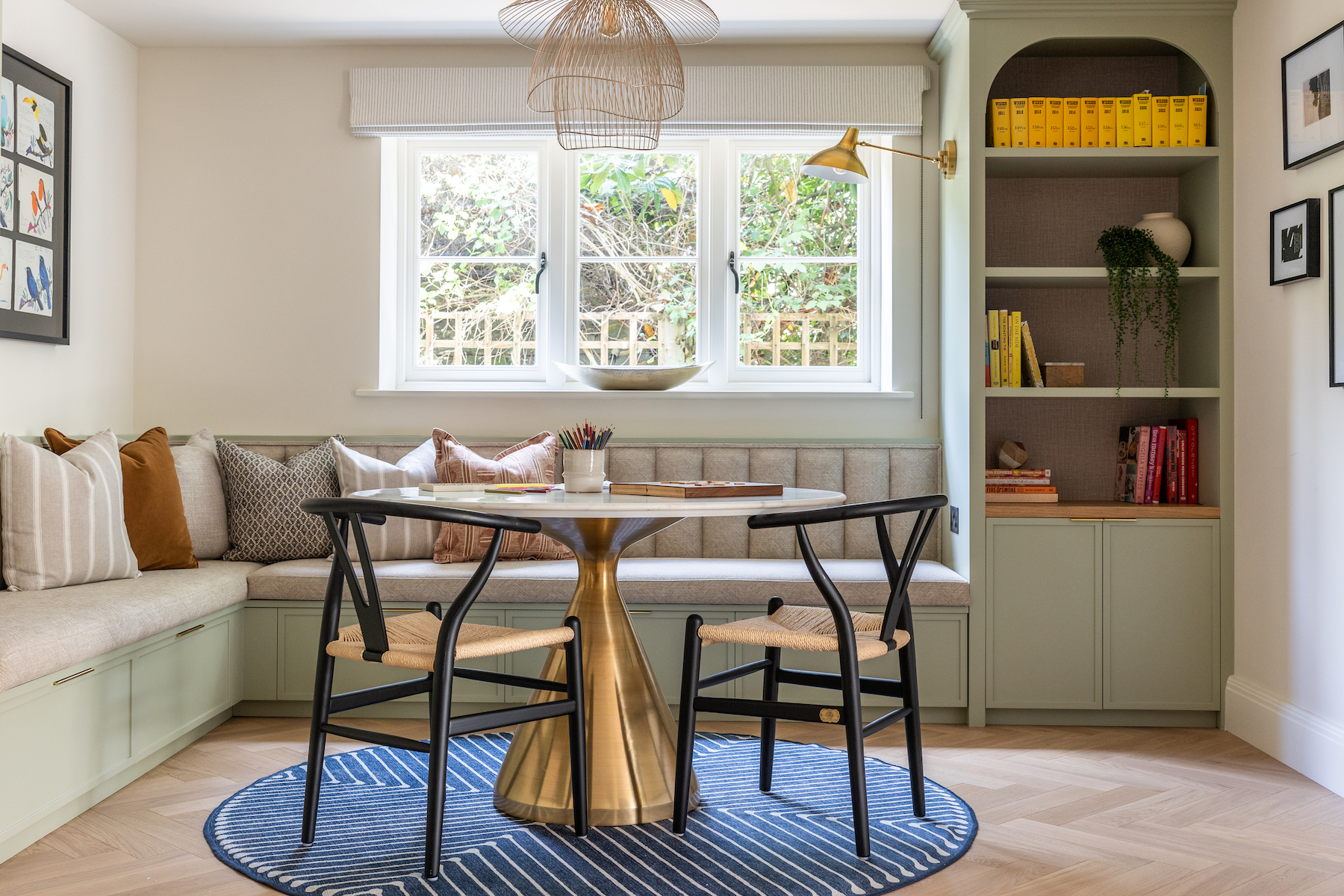
In recent years, the concept of circadian rhythm has gained significant attention, particularly in the world of interior design. But what exactly is it, and how can we use it to enhance our living and working spaces? At Pfeiffer Design, we believe that creating environments that harmonise with our natural biological processes can have profound effects on our well-being, productivity, and overall quality of life. Here, we’ll discuss the science behind circadian rhythm and how you can incorporate it into your interior spaces.
What is Circadian Rhythm?
Circadian rhythm refers to the natural, internal process that regulates the sleep-wake cycle and repeats roughly every 24 hours. It’s controlled by an internal “biological clock” that influences various functions in the body, including sleep, temperature regulation, hormone release, and even mood. In simple terms, our circadian rhythm helps us know when it’s time to wake up, be alert, rest, or sleep. This rhythm is largely influenced by external cues like light, temperature, and sound.
Why is Circadian Rhythm Important in Interior Design?
Humans are biologically designed to thrive with a balance of light and darkness. Our bodies respond to natural light in specific ways, so creating environments that respect and enhance these rhythms is essential for supporting our well-being. By incorporating circadian-friendly design elements into our homes and workplaces, we can better align our surroundings with the natural ebb and flow of energy throughout the day.
The benefits of aligning interior design with circadian rhythms:
- Improved Sleep Quality: Exposure to natural light during the day and reduced artificial light at night helps regulate our sleep-wake cycles, leading to better rest and recovery.
- Enhanced Productivity and Focus: Proper lighting and layout can stimulate mental alertness during peak hours, while creating a calm atmosphere during downtime or the evening.
- Better Mood and Emotional Health: A connection to natural rhythms can help reduce feelings of stress, anxiety, or mood imbalances that are often caused by poor environmental factors.
- Increased Energy Efficiency: A well-designed environment that mimics natural cycles can lead to less reliance on artificial lighting and heating, ultimately reducing energy consumption.
How to Incorporate Circadian Rhythm into Interior Design
By understanding the significance of circadian rhythms, we can effectively incorporate this concept into interior design. Here are five ways to achieve this:
1 – Maximise Natural Light
One of the simplest and most effective ways to support circadian rhythm is by
allowing more natural light into a space. Natural daylight helps regulate the body’s internal clock, particularly in the morning when exposure to sunlight can signal the start of the day.
- Windows and Skylights: Strategically placed windows or skylights can flood a room with natural light, creating a sense of openness and enhancing the connection to the outside world.
- Reflective Surfaces: Mirrors and light-coloured walls can help bounce natural light deeper into a room, brightening spaces and supporting the body’s natural rhythm.
- Light-Direction Considerations: East-facing rooms benefit from morning light, while west-facing spaces capture the warmth of the afternoon sun. Design your rooms with these factors in mind to optimise light exposure throughout the day.
2- Embrace Dynamic Lighting
Artificial lighting plays an important role, especially when daylight hours are limited. However, the type, intensity, and timing of artificial lighting can significantly impact circadian rhythms. The key is to mimic the natural progression of sunlight throughout the day.
- Warm Lighting in the Evening: During the evening, opt for warm or dim lighting. Bright blue light can interfere with the body’s production of melatonin, the hormone responsible for sleep, so avoid harsh white or blue-toned lights in the hours leading up to bedtime.
- Adjustable Lighting: Install lighting systems with adjustable colour temperatures, such as smart bulbs or tunable LED lights, that can change throughout the day to reflect natural daylight. This can help to regulate alertness and prepare your body for rest at night.
- Task Lighting: For functional spaces like kitchens or home offices, focus on well-positioned task lighting that supports concentration and productivity during the day.
3- Create Zones of Activity and Relaxation
Different activities require different lighting conditions. By creating distinct zones in a space, you can design environments that enhance focus or relaxation, depending on the time of day.
- Activity Zones: Areas like home offices or kitchens should be well-lit and energising, particularly in the morning or midday when you need to be at your most alert.
- Relaxation Zones: Bedrooms, living rooms, and areas intended for winding down should incorporate soft, soothing light and comfort. Soft, ambient lighting combined with natural materials such as wood and textiles can help create a calming atmosphere conducive to relaxation and sleep.
4- Use Natural Materials and Colours
Biophilic design, which incorporates natural elements into interior spaces, has been shown to improve mood, productivity, and overall health. Natural materials and colours can help connect the indoor environment to the outside world, aligning with the rhythms of nature.
- Natural Materials: Wood, stone, plants, and natural fibres like wool or linen help bring nature indoors, creating a grounding, restorative effect.
- Colour Schemes: Earthy tones like soft greens, blues, and beiges mimic the natural world and evoke a sense of calm. In contrast, brighter, more energising hues like yellow or orange can be used in spaces that require mental clarity and focus.
5- Incorporate Views of Nature
Studies show that even just having a view of nature can help reduce stress, enhance cognitive function, and support overall well-being. If possible, create spaces with views of gardens, parks, or natural landscapes. If that’s not an option, bringing elements of nature indoors — such as houseplants, water features, or nature-inspired art — can also have a positive impact.
The importance of aligning our environments with our natural circadian rhythms cannot be overstated. Interior design is not just about aesthetics but about creating spaces that support the mind, body, and soul. By incorporating elements such as natural light, dynamic lighting systems, biophilic design, and thoughtful zoning, we can design spaces that encourage well-being, productivity, and rest.
At Pfeiffer Design, we believe that good design goes beyond beauty — it’s about creating environments that nurture our health and help us thrive. By harnessing the power of circadian rhythm, we can create spaces that are in tune with the natural world, promoting balance and enhancing every aspect of our lives.
Let us help you design a space that works in harmony with your natural rhythms. Contact us today to learn how we can transform your home or office to support a healthier, happier lifestyle.
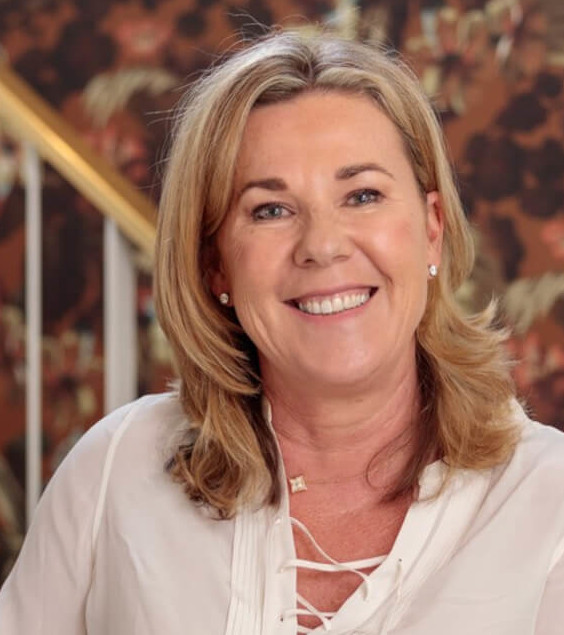
Looking for interior inspiration? Explore our recent work or contact us for a design consultation
Find InspirationRelated Stories
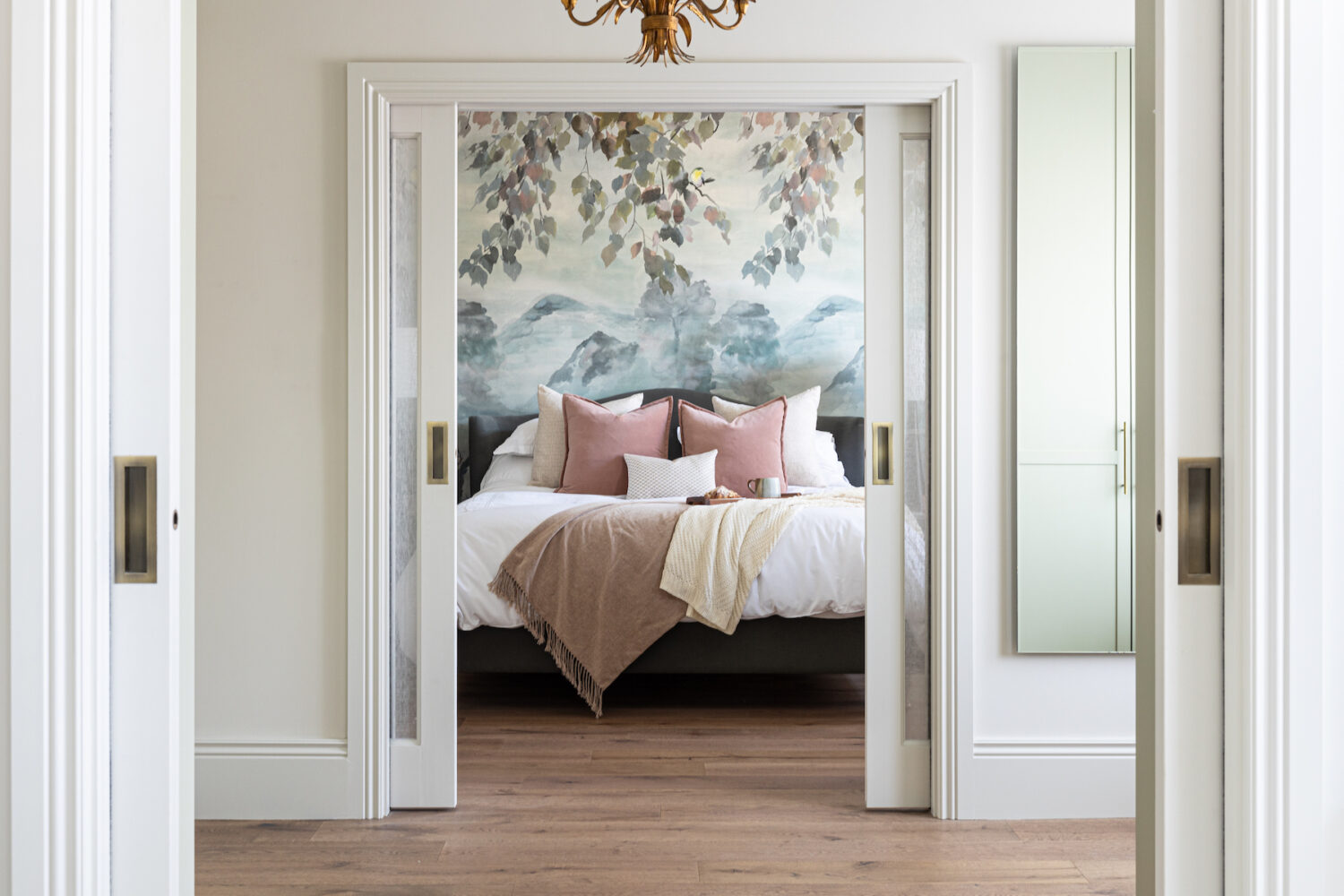
Interior Architecture VS Interior Design

9 Must See Beautiful Interiors in The Hospitality Sector
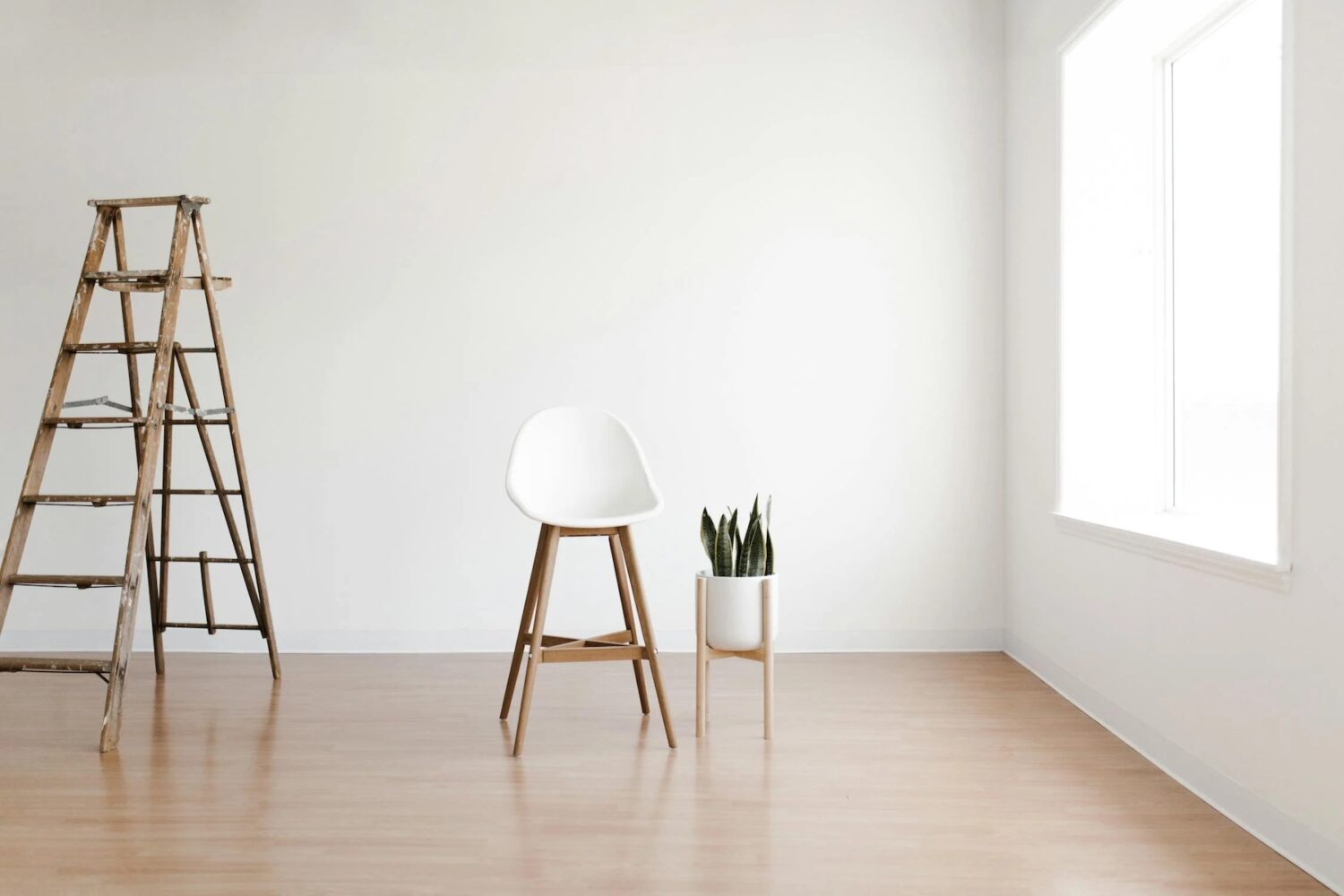
Interior Design Disasters We’re Saying Goodbye to in 2024



